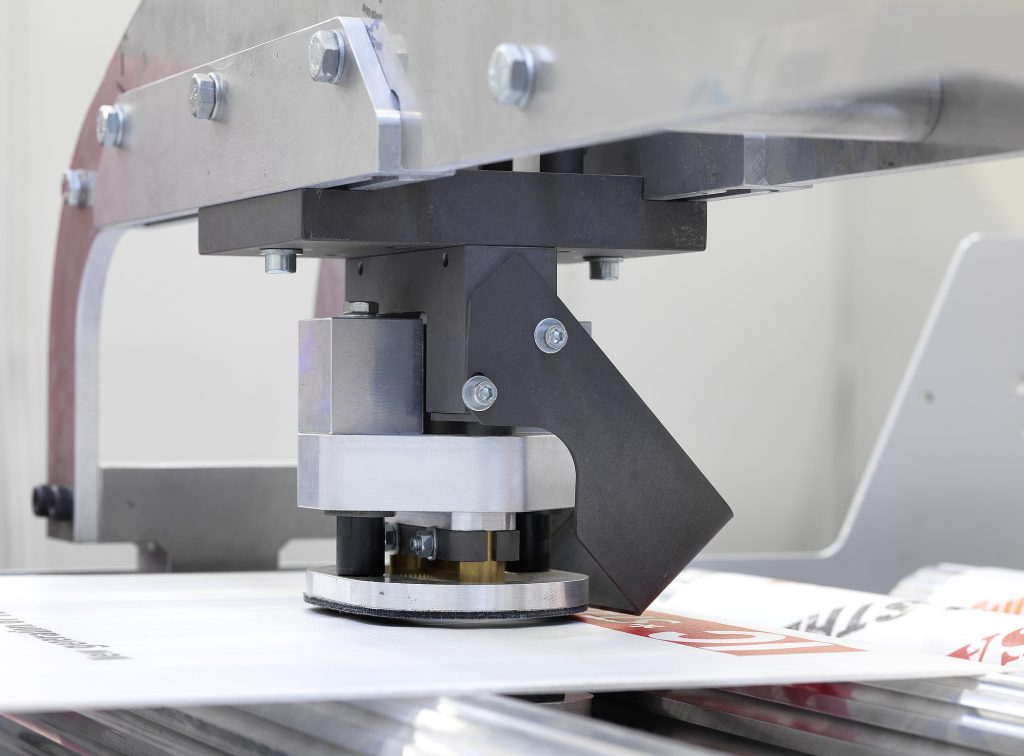
- 1. The Critical Role of Customization in Chemical Packaging
- 2. Engineering Excellence: How VidePak Ensures Safety and Performance
- 3. Global Compliance and Sustainability
- 4. Product Specifications at a Glance
- 5. FAQs: Addressing Key Client Concerns
- 6. Case Study: Enhancing Safety in Sulfuric Acid Transport
- 7. The Future of Chemical Packaging: Smart and Sustainable
- Conclusion: Precision Meets Global Scale
“How can chemical manufacturers ensure both safety and brand visibility in their packaging?”
The answer lies in precision-engineered customization. At VidePak, we specialize in polypropylene (PP) woven bags that combine chemical resistance, structural integrity, and vibrant branding—tailored to meet the exact needs of industries handling corrosive, abrasive, or volatile substances. Custom sizing, advanced printing technologies, and specialized weaving techniques form the foundation of our solutions, ensuring compliance with global safety standards while amplifying your brand’s presence across supply chains.
1. The Critical Role of Customization in Chemical Packaging
Chemical products demand packaging that balances durability with precise specifications. A one-size-fits-all approach risks leaks, contamination, or regulatory non-compliance. VidePak addresses these challenges through:
1.1 Tailored Dimensions and Load Capacity
- Size Flexibility: Bags can be customized from 10 kg to 2,000 kg capacities, with options for gusseted designs, valve closures, or reinforced seams. For instance, a European fertilizer company reduced spillage by 40% after switching to VidePak’s 1,500 kg FIBC bags with cross-laminated walls[citation:10].
- Fabric Thickness: Ranging from 80 to 240 GSM, selected based on chemical abrasiveness. Hydrochloric acid transport, for example, requires 200 GSM PP fabric with PE liners to prevent permeation[citation:18].
1.2 Advanced Printing Solutions for Brand Consistency
VidePak’s 8-color flexographic printing supports Pantone, RAL, and CMYK color systems, achieving ΔE <1.5 color accuracy. Key features include:
- Full-Surface Printing: Covers 100% of the bag’s exterior, ideal for logos, safety symbols, and multilingual instructions.
- Abrasion-Resistant Inks: Withstand 1,000+ rub cycles (tested per ISO 2836), ensuring legibility even after rough handling[citation:11][citation:44].
A case study with a U.S. agrochemical brand showed a 25% increase in customer recall after adopting VidePak’s full-print designs with QR codes for traceability.
2. Engineering Excellence: How VidePak Ensures Safety and Performance
With 30+ years of industry expertise, VidePak leverages cutting-edge technology to meet stringent chemical packaging standards:
2.1 Material Science and Weaving Techniques
- Virgin PP Resin: Sourced from BASF and Sinopec, ensuring consistent melt flow indexes (MFI: 2–4 g/10 min) and tensile strength (35–45 N/mm²).
- Starlinger Circular Looms: Produce fabric with <2% elongation variance, critical for load-bearing FIBC bags[citation:10].
2.2 Specialized Coatings and Liners
- Anti-Static Liners: Reduce combustion risks for flammable powders (compliance with ATEX Directive 2014/34/EU)[citation:23].
- UV Stabilization: Extends outdoor storage life to 3+ years in tropical climates.
3. Global Compliance and Sustainability
VidePak’s bags align with international regulations and eco-conscious initiatives:
- Certifications: ISO 9001, REACH, FDA (food-grade compatibility), and UN-certified designs for hazardous materials[citation:18][citation:44].
- Recyclability: 95% of retired bags are reclaimed through VidePak’s closed-loop program, supporting EU Circular Economy targets[citation:10].
4. Product Specifications at a Glance
| Parameter | VidePak Standards |
|---|---|
| Material | Virgin PP, BOPP laminated options |
| Load Capacity | 10–2,000 kg (customizable) |
| Print Colors | Up to 8 colors, Pantone/RAL-matched |
| Thickness | 80–240 GSM (PE/PP blends available) |
| Certifications | ISO 9001, REACH, FDA, UN-certified |
5. FAQs: Addressing Key Client Concerns
Q: What’s the minimum order quantity (MOQ) for custom designs?
A: MOQ starts at 10,000 units, with expedited production for urgent orders.
Q: How do you ensure chemical resistance?
A: We conduct ASTM F739 tests to validate liner performance against acids, alkalis, and solvents.
Q: Can bags withstand -20°C storage?
A: Yes. Our cold-crack resistance formulation maintains flexibility at -25°C (tested per ASTM D746).
6. Case Study: Enhancing Safety in Sulfuric Acid Transport
A Middle Eastern chemical distributor reduced packaging failures by 90% after adopting VidePak’s PE-lined FIBC bags with double-stitched seams. Key outcomes included:
- Zero leaks during maritime shipping.
- 30% cost savings via reusable designs (8+ cycles).
7. The Future of Chemical Packaging: Smart and Sustainable
The 2025 Global Chemical Packaging Report highlights emerging trends:
- IoT-Enabled Bags: RFID tags for real-time temperature/pressure monitoring[citation:10].
- Bio-Based PP: Reducing carbon footprints by 35% through sugarcane-derived resins[citation:44].
Conclusion: Precision Meets Global Scale
With $80 million annual revenue and 526 employees, VidePak delivers poly fabric bags that redefine safety and branding in chemical logistics. As CEO Ray Chiang emphasizes: “Our bags protect products, people, and the planet—engineered for those who refuse to compromise.”
References
- ISO 2836:2021, Printing Inks Abrasion Resistance Testing.
- EU Circular Economy Action Plan (2023).
- ASTM International, Standard Test Methods for PP Materials (2024).
- Case Study: Middle Eastern Chemical Distributor (VidePak Internal Data, 2024).
External Links
- Explore our BOPP lamination technology for moisture-sensitive chemicals.
- Discover custom printing innovations for brand differentiation.
Authored by VidePak’s Technical Advisory Team | Updated: March 8, 2025